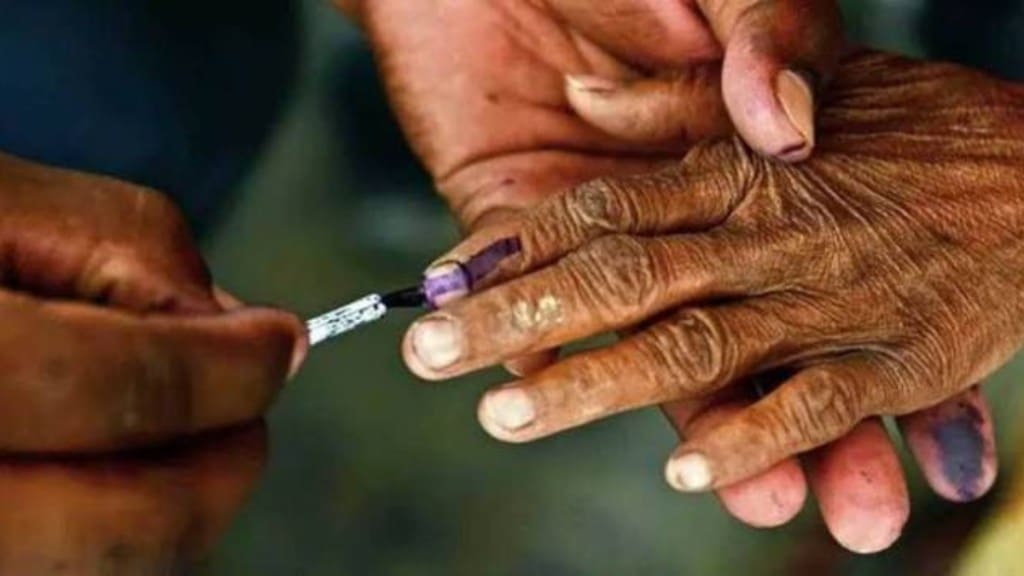With another long poll season around the corner and the political divide having turned sharper than usual, the calls for fiscal prudence seem to be falling on deaf ears. Political hand-outs are the flavour, and range from (enhanced) direct income transfers to the vulnerable sections like farmers and women to subsidised cooking fuel/electricity, and even free laptops/smart phones/bus travel. Moreover, the old pension scheme (OPS), which requires no contribution from the beneficiaries, but is funded out of the exchequer, is staging a comeback. There is no gainsaying that any relapse to the “freebie” culture will lead to gravely misdirected use of public monies. India can ill-afford to arrest, let alone reverse, the fiscal consolidation that has been underway immediately after the bloat caused by the pandemic. But for a low-middle-income country with high poverty incidence, a blanket negation of targetted welfare spending doesn’t hold any economic promise either.
It’s also pertinent to define what constitutes subsidy or freebie, as these terms are often being used in the context of explicit budgetary aid for the vulnerable. States that have a creditable track record of managing their finances deserve freedom to decide on their expenditure priorities, so far as they rely primarily on their “Own Tax Revenue,” and can maintain reasonable levels of capex to support growth. However, the hand-outs promised by the political parties in the heavily indebted states like Rajasthan and Punjab, with an eye only on electoral triumph, are clear examples of fiscal extravagance, and feckless politicking. For Rajasthan, which has debt of a worrisome 40% of the G-SDP, the largesse will create a situation where a third or more of the government resources will be used to pay interest to the bondholders.
The fact is, in the recent years, the government has nearly exhausted its fiscal firepower. This is because it inevitably chose to give welfare support to the people during the pandemic, and has stood guard to the economy for several years in a row, while private investors have taken a long hiatus. Nevertheless, the Centre is ostensibly augmenting budgetary capital expenditure, and has almost abolished off-budget liabilities. Its tax efforts are paying some dividends too. But the rise in the Centre’s capex is being offset by the stagnant investments by the companies owned by it and the states. Capital spending by states grew nearly a third on year in FY22, thanks mainly to the low base of the pandemic year (FY21). But that has since faltered.
India’s debt-GDP ratio approached a worrisome 90% in FY21 (against a recommended threshold of 60%) owing partly to the pandemic, but has since come down to 81% in FY23. Another rise in the debt levels could spell pain for all. While direct income support such as PM Kisan not only has welfare objectives but wider economic spin-offs, market-distorting subventions (like subsidised power tariff and the OPS) are clearly avoidable. The Centre set an example of fiscal responsibility by stopping off-budget financing of schemes and regulating borrowings by undertakings such as NHAI and the Railways. It much desist from the plan to introduce a hybrid pension scheme for its staff, which, according to reports, will be jointly funded by it and the employees. Since states account for over 60% of the national (government) expenditure, any impairment of their ability to spend on more productive ventures could jeopardise the economy, which is already growing below trend.

